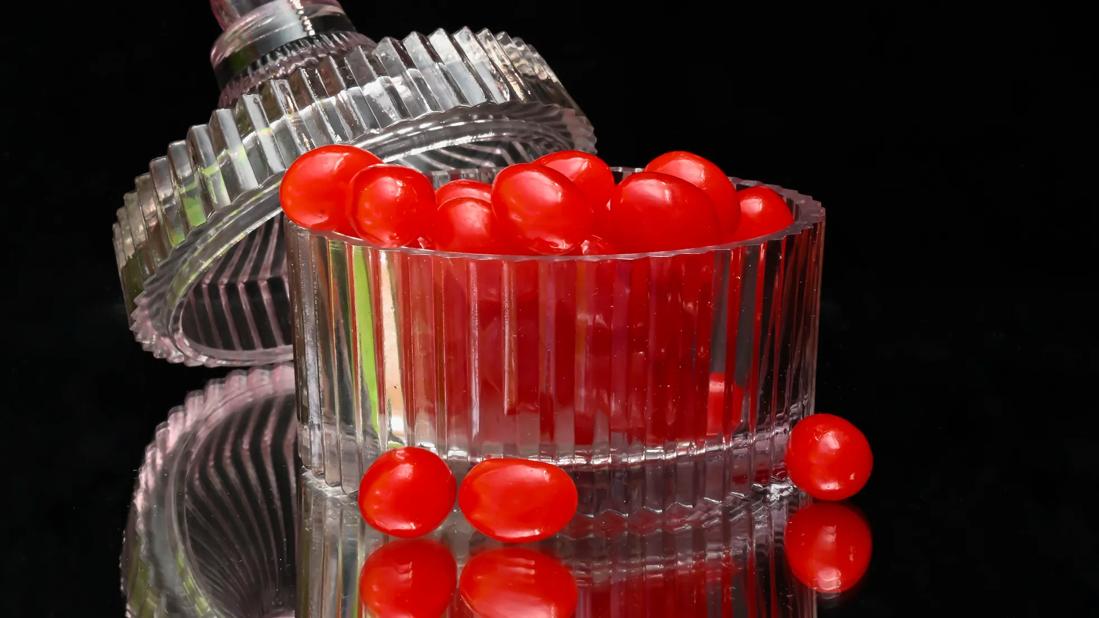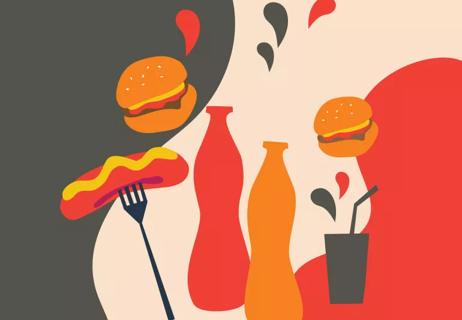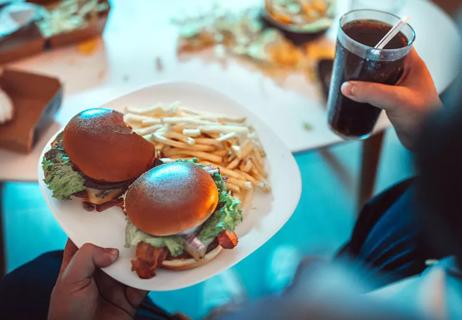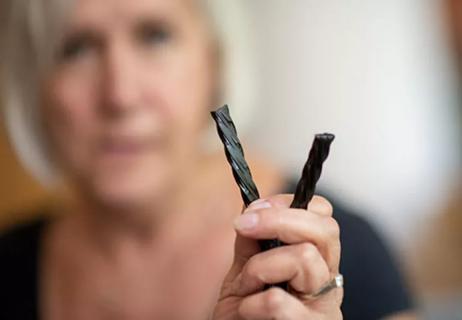This synthetic food dye must be removed from all foods by 2027 and from all medications by 2028 for health concerns

What do fruit punch, bacon bits and rainbow sprinkles have in common? They’re all made with a synthetic food coloring called red dye 3 — at least, for now. But within the next two years, that will change.
Advertisement
Cleveland Clinic is a non-profit academic medical center. Advertising on our site helps support our mission. We do not endorse non-Cleveland Clinic products or services. Policy
The U.S. Food and Drug Administration (FDA) kicked off 2025 by issuing a ban on red dye 3, linking this common food dye to cancer in non-human studies. It’s also been linked to behavioral issues in some children.
But if studies haven’t yet shown that red dye 3 causes cancer in humans, then why would the FDA ban it? Great question. As the FDA itself explains, U.S. law “prohibits FDA authorization of a food additive or color additive if it has been found to induce cancer in humans or animals.”
Now, the FDA says red dye 3 must be removed from all foods by early 2027. It’s also an ingredient in some medications, and drug manufacturers now have until January 2028 to remove it from their products.
Though Americans may be shocked to learn about this ban, it’s nothing new for Europeans, where red dye 3 has been banned since 1994 (though it makes an exception for maraschino cherries). It’s also banned in Australia and New Zealand.
Technically named erythrosine, red dye 3 is a synthetic (artificial) food dye that lends a bright red color to some types of ultra-processed foods and drinks. It appears on ingredient labels as:
Red dye 3 is different from red dye 40, a similar food dye that hasn’t been banned in the U.S. (except in California). It’s possible that food manufacturers will start using it in place of red dye 3 — but red dye 40 has been linked to many of the same health concerns as red dye 3, so it’s not necessarily a healthier alternative.
Advertisement
Like most other synthetic food dyes, red dye 3 is made from petroleum, which research has linked to cancer in non-human studies.
“So far, no human studies have shown this,” says registered dietitian Beth Czerwony, RD, LD. “But there is strong evidence that it has cancer-causing properties based on the petroleum that it's made out of.”
Red dye 3 has also been linked to possible behavioral issues in kids. Again, human studies are limited. But in 2021, California’s Environmental Protection Agency issued a health assessment saying that its review of available studies showed synthetic food dyes to be associated with “adverse neurobehavioral effects” in children who are sensitive to them. These effects include:
And the FDA has had its eye on red dye 3 for a while. In 1990, it banned red dye 3 from use in cosmetics (like lipsticks) and medications that are applied to the skin (like ointments). But it took 35 more years to ban it from foods and other medications.
In 2010, the European Food Safety Authority reconsidered its ban on red dye 3, but for all of these reasons, the agency decided to keep the ban in place. Its reevaluation report says that humans shouldn’t have more than .1 milligrams per kilogram of body weight per day (mg/kg bw/day).
If you’re not exactly sure what that statistic means, here’s the gist: Red dye 3 is only considered safe in very, very small amounts, if at all.
The U.S. Environmental Working Group, which keeps a database of ingredient concerns in various foods, lists more than 3,000 foods that are made with red dye 3. It includes some (but not all) brands and types of:
It’s also found in some over-the-counter medications, including (but not limited to):
We can hear you asking: Will this ban change the way certain foods taste? The answer is no. Red dye 3 is brightly colored but tasteless, meaning that its only job is to make foods bright red.
Advertisement
“It’s used to make food prettier so consumers feel that what they’re buying is a bit more appetizing,” Czerwony clarifies, “but it’s not a flavor enhancer, and it has no nutritional value at all.”
The only thing that may change is the way foods look without it. Because red dye 3 lends food a bright, cherry-red hue, foods that remove it from their ingredient list may look duller and less vibrant.
But Czerwony cautions that when your food looks different, your brain may be tricked into thinking it tastes different, too.
“Red dye 3 makes some of our foods look more aesthetically pleasing, and when something looks good, we automatically think it's going to taste better,” she explains. “When the dye is removed and foods don’t look the same, consumers may believe they won’t taste the same, either — but that’s a false narrative.”
Not all red-hued foods are made with red dye 3. But nearly all packaged and processed foods are made with some sort of dye, and many synthetic dyes have come under scrutiny for potentially negative health impacts. (California has banned six dyes from food served in public schools: blue 1, blue 2, green 3, red 40, yellow 5 and yellow 6.)
That said, plenty of foods get their color from natural dyes, rather than synthetic ones. Here are some examples of dye alternatives that are considered safe:
Advertisement
The best way to avoid red dye 3 and other synthetic dyes, Czerwony says, is to stick to eating whole, unprocessed foods whenever you can.
“We already know that ultra-processed foods aren’t good for our health,” she states. “As a dietitian, I'm always encouraging people to eat whole, identifiable foods — the less processed foods, the better.”
She continues with a final word on healthy eating habits: “If you’re able to make more of your foods from scratch, you’re going to end up not having those processed foods. And then, you’re going to inherently avoid red dye 3.”
Advertisement
Learn more about our editorial process.
Advertisement

They’re full of calories and sometimes trans fats, which contribute to stomach issues, inflammation and a higher risk of having obesity and heart disease

They’ve been altered to include fats, starches, sugars and hydrogenated oils

WARNING: Bacteria could be present due to raw flour and eggs

From your mood to your heart and your gut

From rice cakes to veggie straws, their answers may surprise you

Practical tips for curbing cravings and smart swaps

Popular candy contains potassium-lowering compound

Understanding sugar’s connection to heart disease

Start having sex about 72 hours before ovulation, then at least every other day during your fertile window

Attachment theory suggests that your earliest relationships shape connections throughout your life

It isn’t a recognized mental health disorder, but research shows that problematic social media use can negatively affect your mental health, self-esteem and sleep